 In 2009, I got a phone call for what turned out to be an internship at a new website about science fiction and science fact called io9. At the other end of the line was Annalee Newitz, the site's editor, and we chatted about academics, science fiction, and what I wanted to write about. That was the start to a really wild ride, and ultimately has brought me to the place where I am today: writing about science fiction and science fact.
In 2009, I got a phone call for what turned out to be an internship at a new website about science fiction and science fact called io9. At the other end of the line was Annalee Newitz, the site's editor, and we chatted about academics, science fiction, and what I wanted to write about. That was the start to a really wild ride, and ultimately has brought me to the place where I am today: writing about science fiction and science fact.
So, I'll get it out of the way that I owe Annalee big time, but as with any book I crack open, I attempted to get into it objectively. Either way, I really adored Autonomous, her debut novel. It's a book that crackles with a really intriguing, nuanced vision the future of work, drugs, technology, and ownership that's both terrifying and exhilarating at the same time. If you want a review that's not mine, I wholeheartedly agree with my colleague Adi Robertson's take over on The Verge. (I did get to take the picture for the review!)
Set about a century in the future, Autonomous follows a pharma pirate named Jack who reverse-engineers drugs to give out to those in need. This future is ruled over by powerful governmental organizations that rigorously enforce property rights and ownership laws, where people and robots can be legally contracted out for work (really, a form of slavery), if they don't purchase an enfranchisement (citizenship) in any given territory.
When Jack reverse-engineers a drug called Zacuity, a work enhancement drug that gives its user a high while they go about their jobs. It turns out that it's highly addictive and leads to some bad outcomes: addicts become so addicted to their work that they don't do anything else, and they end up crashing trains or flooding cities, or just die from forgetting to take a break to drink water. Jack unleashes this drug on the open market, and has to turn around and figure out how to reverse-engineer a cure.
Meanwhile, this outbreak of addicts attracts the attention of the International Property Coalition, an organization that enforces intellectual property rights — with armed androids and soldiers. It sends a duo, Eliaz and Paladin, to track her down and take care of the problem.
Annalee plays with a lot of things in this book, and if you read io9 under her tenure, some of this will be familiar. The book plays out a sympathetic argument about intellectual property rights — how things like copyright and patents hamper innovation and contribute to the feedback loop that is capitalism. Jack and her academic compatriots are revolutionaries who work to try and break that system, opening free labs and pirating drugs.
On the other side of things, she explores some interesting thoughts on what the nature of work might be, for robots and humans. With the rise of intelligent robots, a system of contracts comes about: robots can offset the cost of their creation by going into a contract with their 'employers,' and people are brought in under the same system. It's essentially dressed-up slavery, and Annalee plays out these arguments between the Eliaz and Paladin's relationship.
The two dynamics tie into one another, but they are a bit uneven: this feels almost like two books smashed together, but they complement one another decently enough, essentially coming down to citizenship acting as another form of property.
As someone who wrote for io9, I really appreciate the sheer vibrancy of this book. It's packed with ideas and visuals and weird technologies. It's like walking through a crowded bazaar somewhere: there's too much to look and take in, and the book is a sensory overload in paper form. It's buzzing with huge ideas that warrant their own stories, but Annalee buzzes past them as the main narrative thunders along.
Ultimately, it's a fantastic, brilliant debut novel. I can't wait for her next one.






























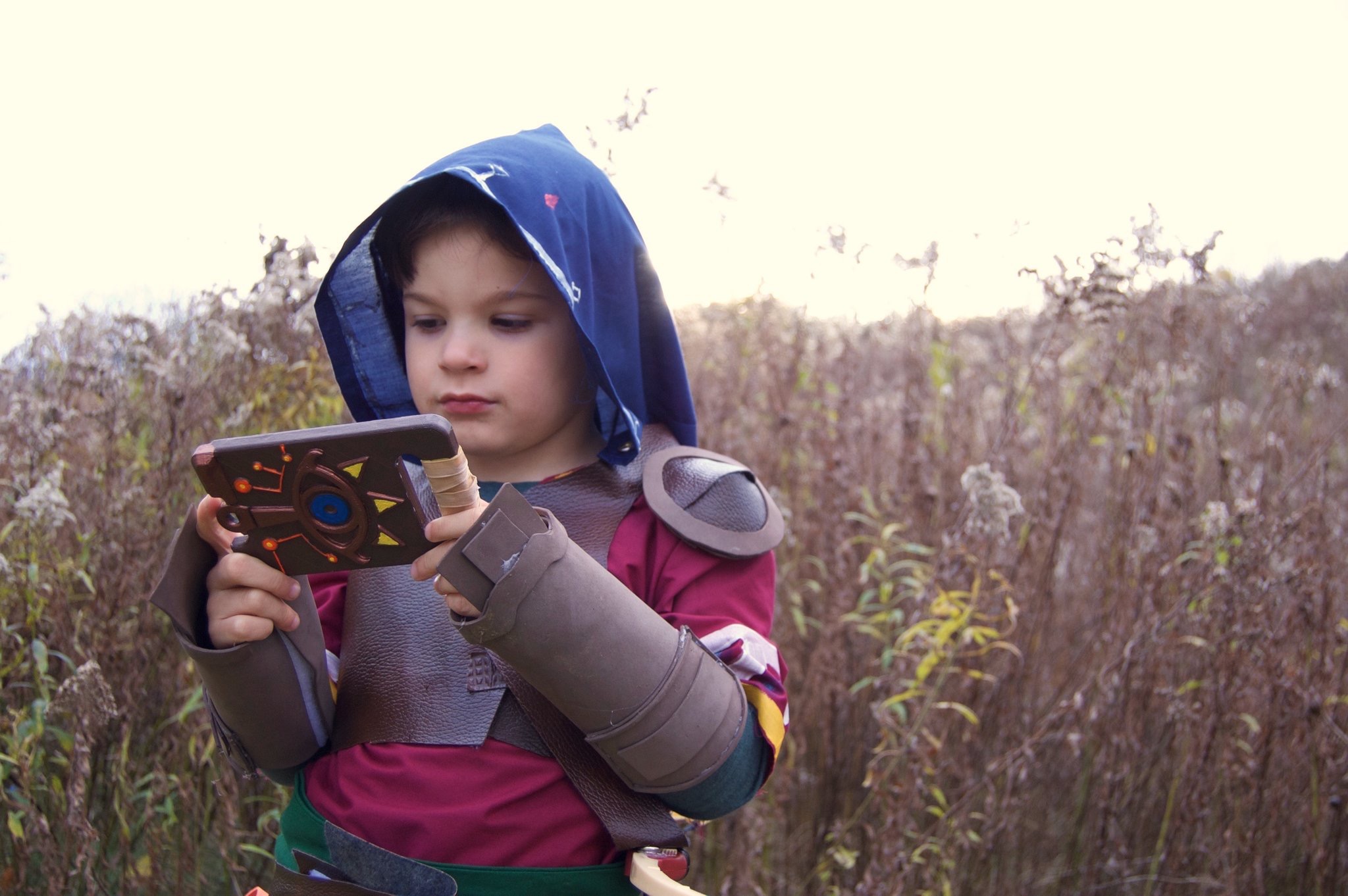






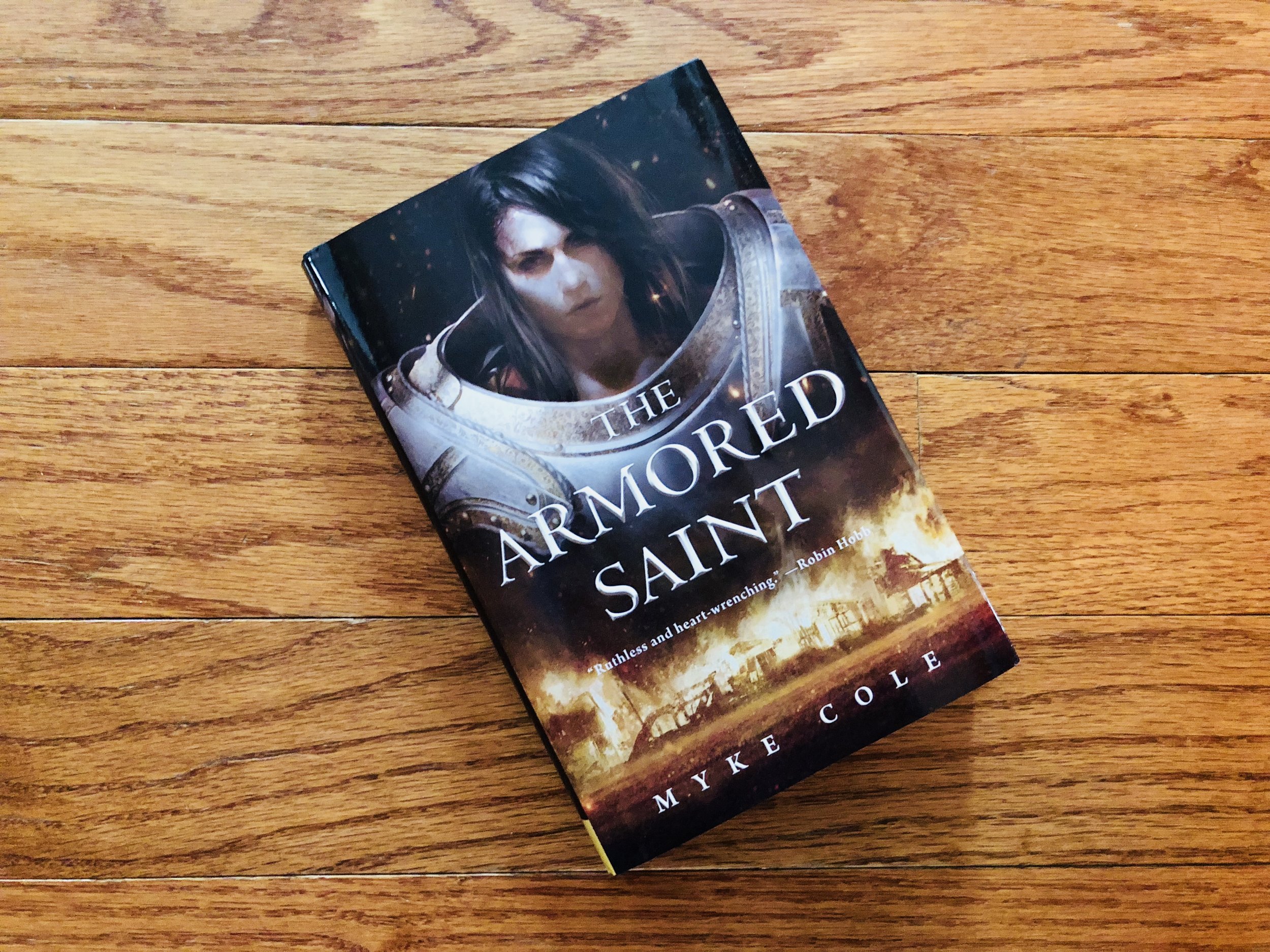 Myke Cole's new fantasy novella The Armored Saint hits bookstores today, and it's a really fantastic read. I brought an advance copy with me when I went to New York Comic Con in October. I figured it would be a good backup read while I went through a couple of other books I was covering. I ended up reading the first couple of pages while I had a spare moment, and ended up devouring the entire book in a sitting on the train ride home. It's a grim fantasy novel with a hell of a punch.
Myke Cole's new fantasy novella The Armored Saint hits bookstores today, and it's a really fantastic read. I brought an advance copy with me when I went to New York Comic Con in October. I figured it would be a good backup read while I went through a couple of other books I was covering. I ended up reading the first couple of pages while I had a spare moment, and ended up devouring the entire book in a sitting on the train ride home. It's a grim fantasy novel with a hell of a punch. I have a lot of books in my house. That's sort of the side effect of being a science fiction fan and working for several years as a reviewer: you end up picking up a ton of books that catch your eyes. Since college, my library has grown, considerably. My two bookshelves expanded to 13, with stacks sprouting up everywhere I ran out of room.
I have a lot of books in my house. That's sort of the side effect of being a science fiction fan and working for several years as a reviewer: you end up picking up a ton of books that catch your eyes. Since college, my library has grown, considerably. My two bookshelves expanded to 13, with stacks sprouting up everywhere I ran out of room.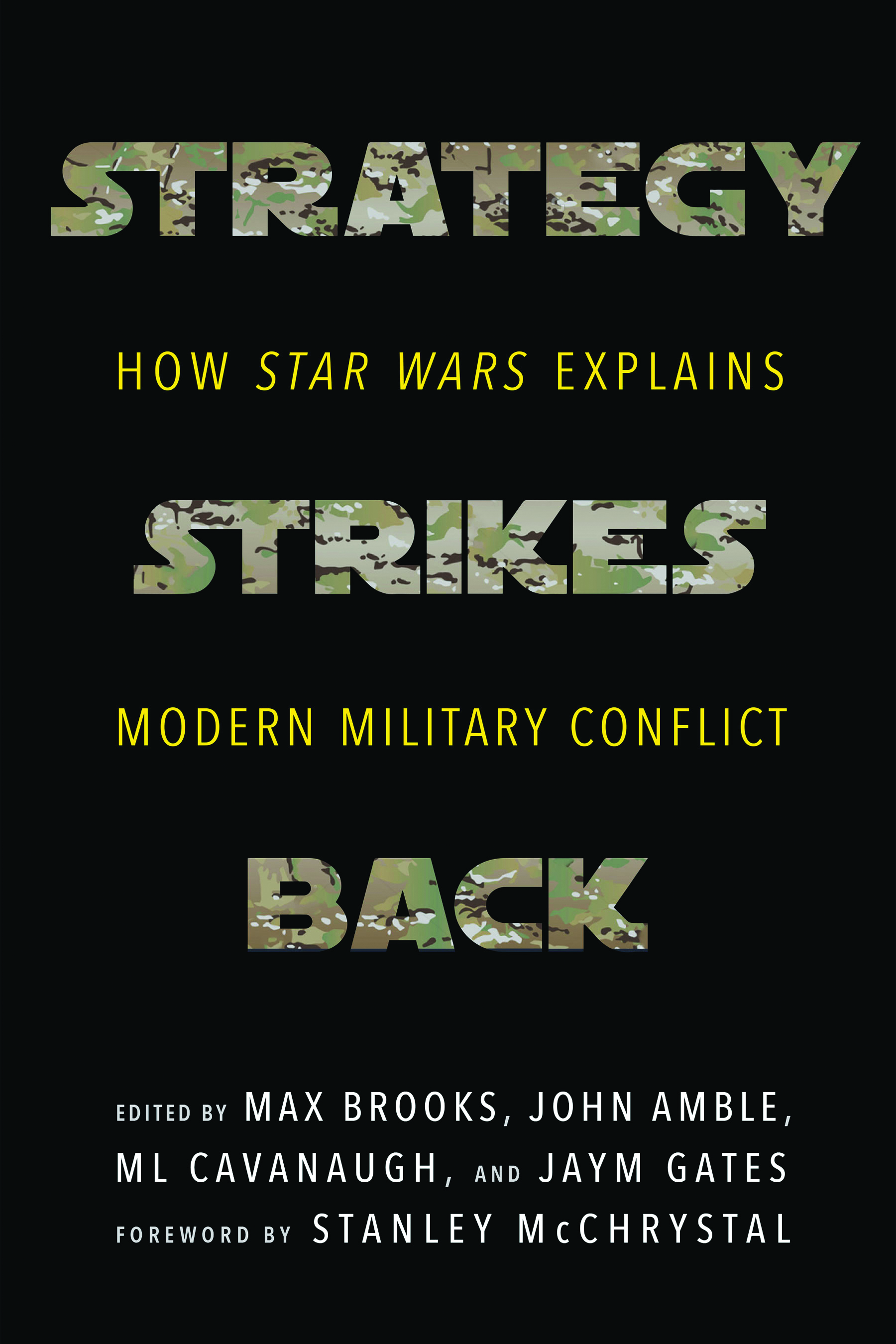 This is a thing that I'm a part of: Strategy Strikes Back: How Star Wars Explains Modern Military Conflict. The book is edited by my War Stories editing partner Jaym Gates, as well as Max Brooks (yes, that Max Brooks), ML Cavanaugh, and John Amble. It also has a foreword by Gen (RET) Stanley McChrystal (yes, that Stanley McChrystal). The book s hitting stores in May, and you can pre-order it from the
This is a thing that I'm a part of: Strategy Strikes Back: How Star Wars Explains Modern Military Conflict. The book is edited by my War Stories editing partner Jaym Gates, as well as Max Brooks (yes, that Max Brooks), ML Cavanaugh, and John Amble. It also has a foreword by Gen (RET) Stanley McChrystal (yes, that Stanley McChrystal). The book s hitting stores in May, and you can pre-order it from the 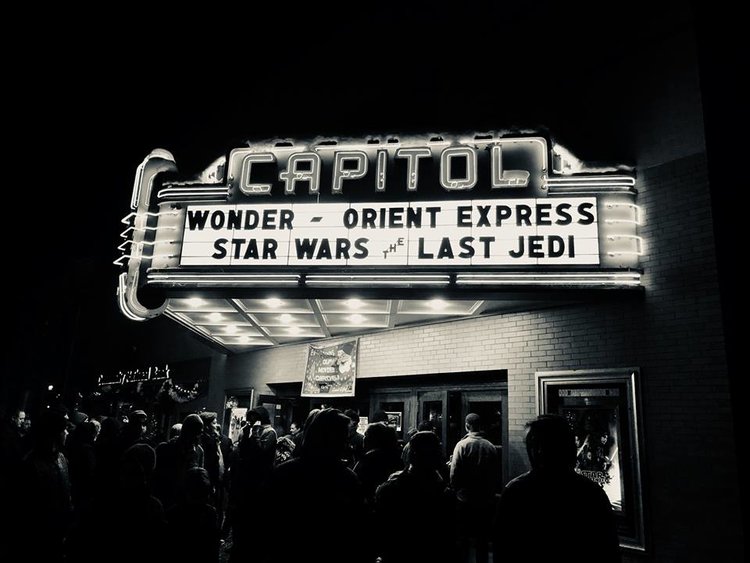
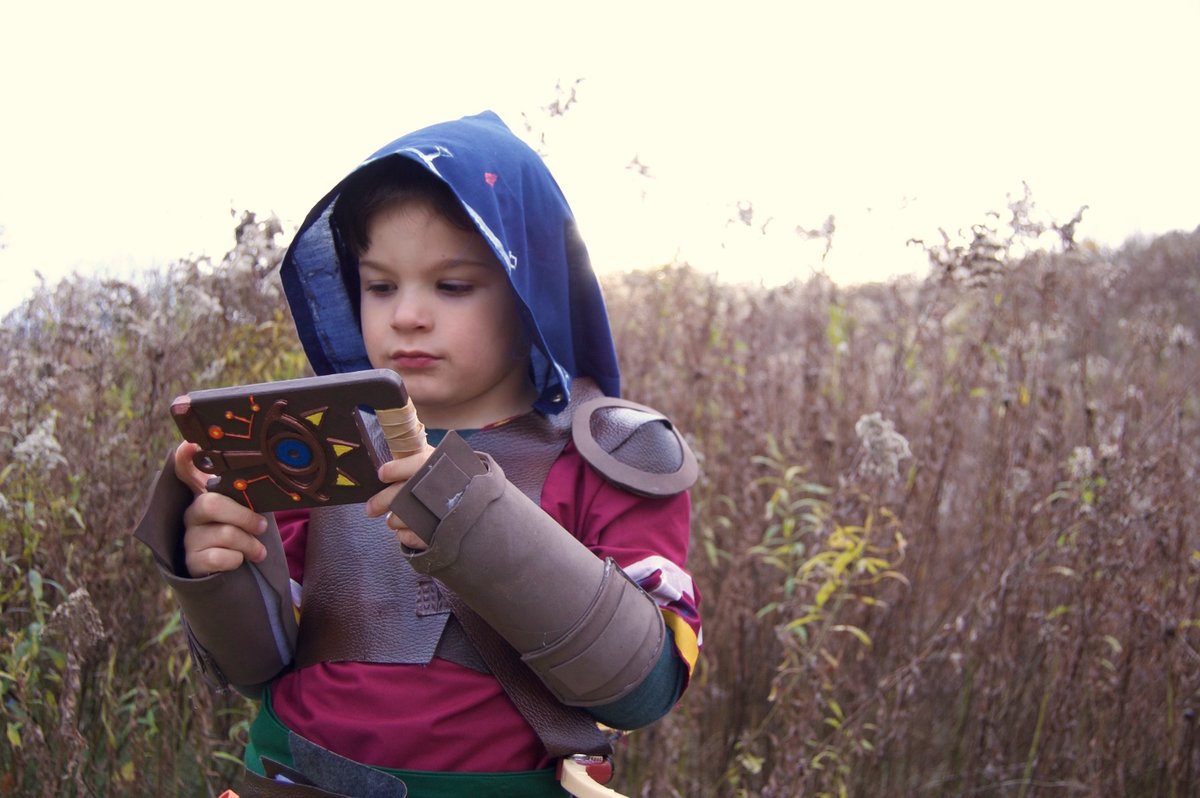 One of the unexpected joys that I've experienced this year is Breath of the Wild, an immersive entry in the Legend of Zelda series. I started playing the game back in August, when I lucked out and snagged a Nintendo Switch at the local used game store here. Breath of the Wild was the reason I was motivated to pick it up. I've been a fan of the
One of the unexpected joys that I've experienced this year is Breath of the Wild, an immersive entry in the Legend of Zelda series. I started playing the game back in August, when I lucked out and snagged a Nintendo Switch at the local used game store here. Breath of the Wild was the reason I was motivated to pick it up. I've been a fan of the 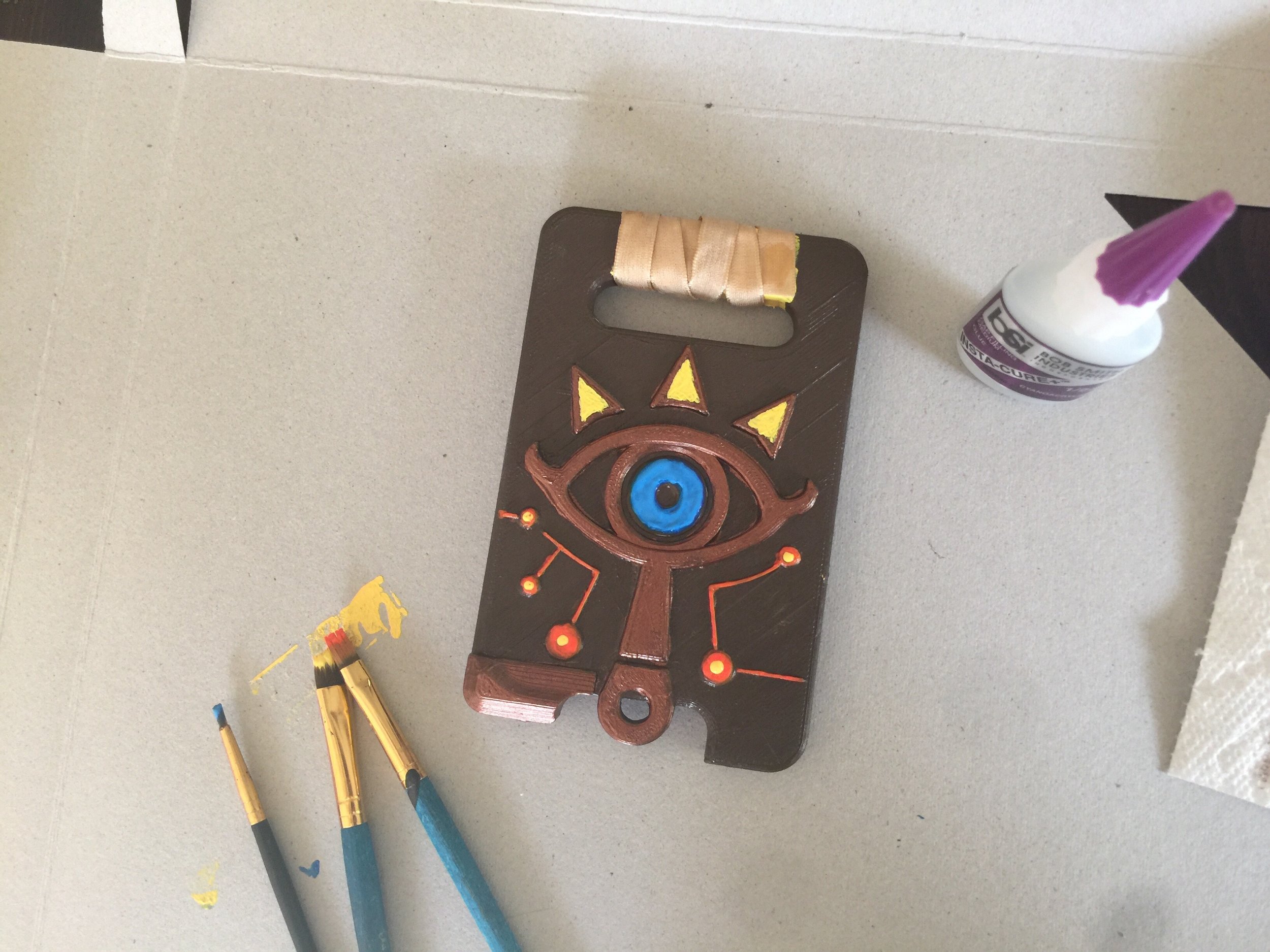
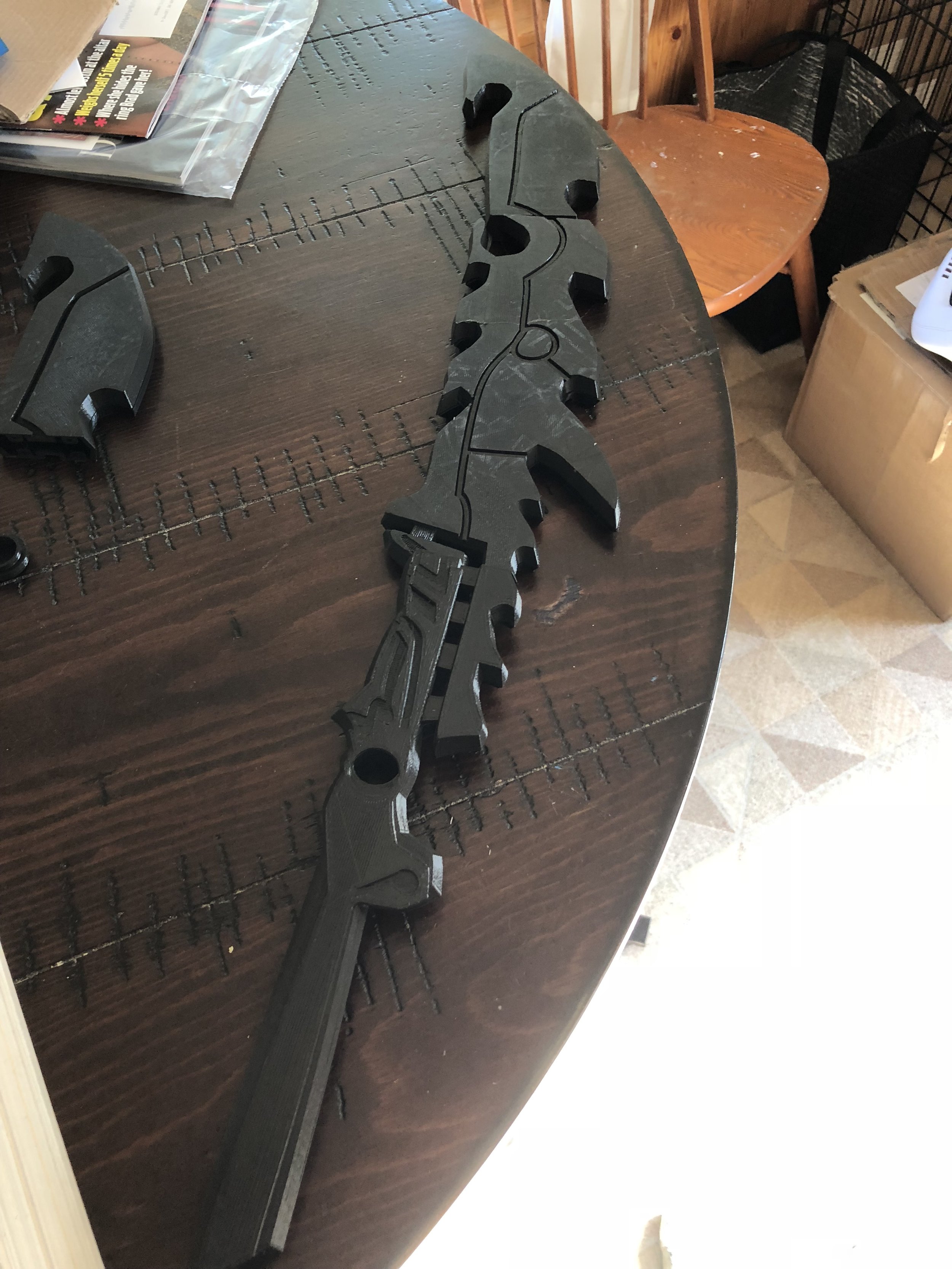
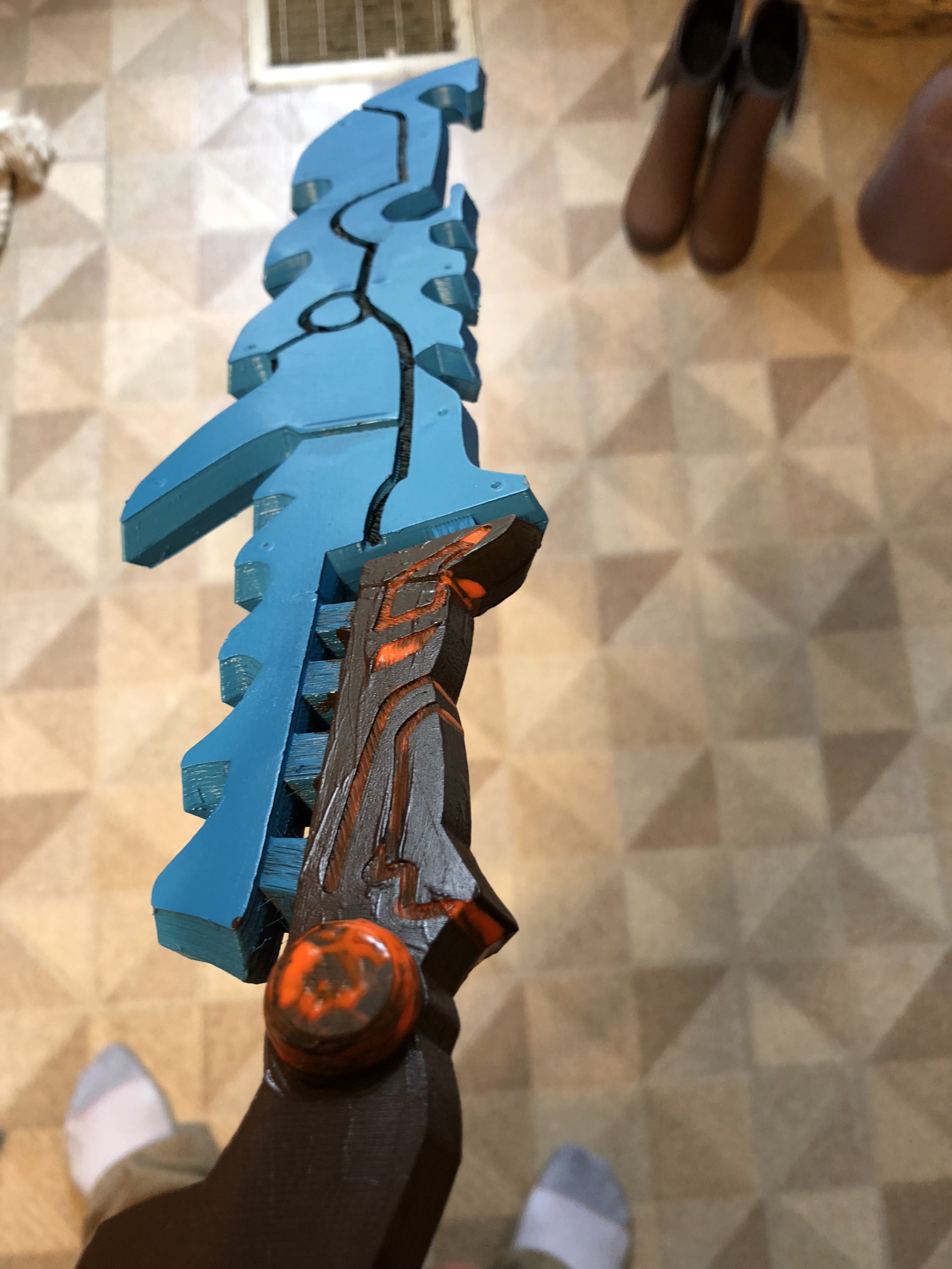
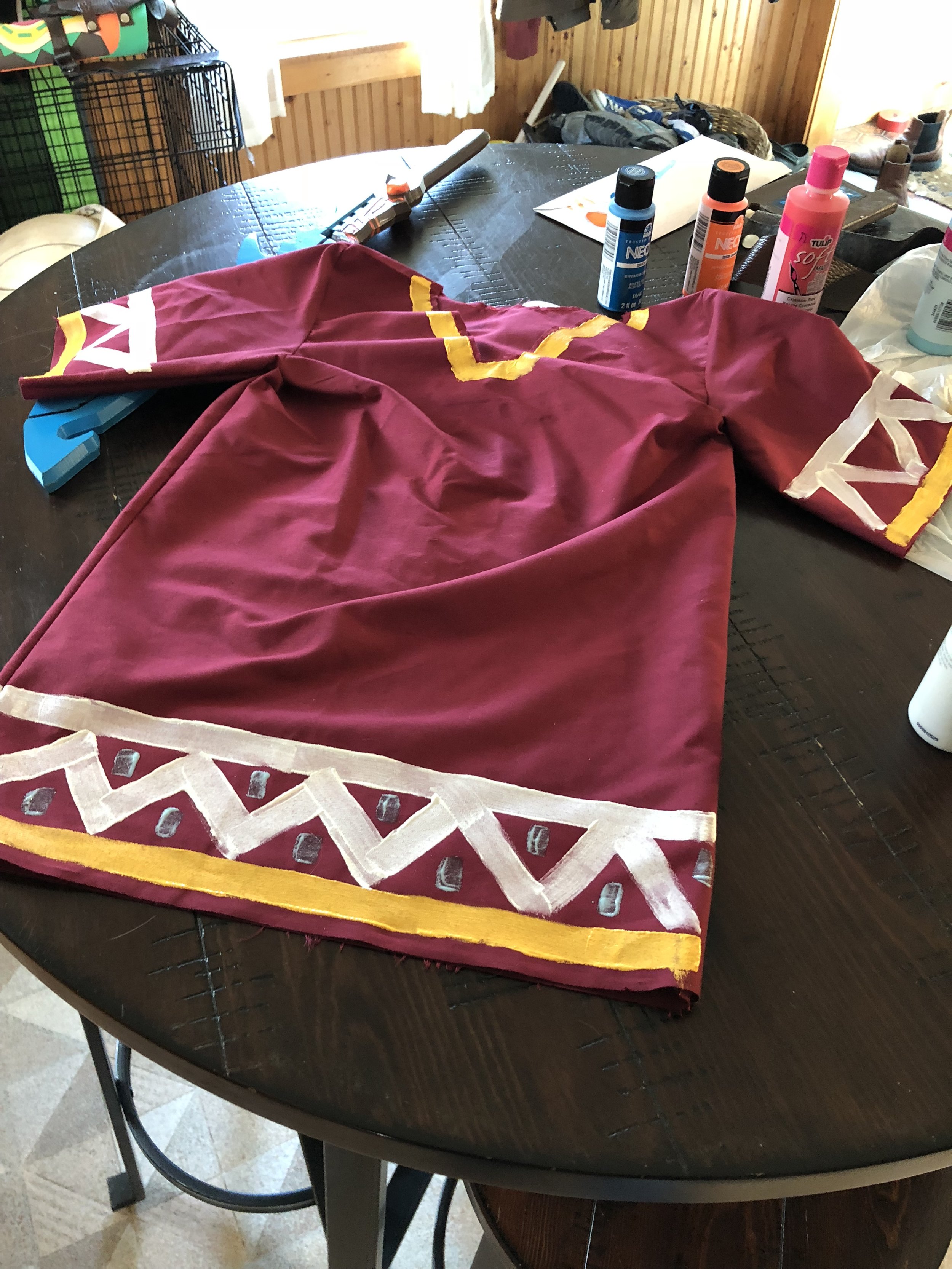
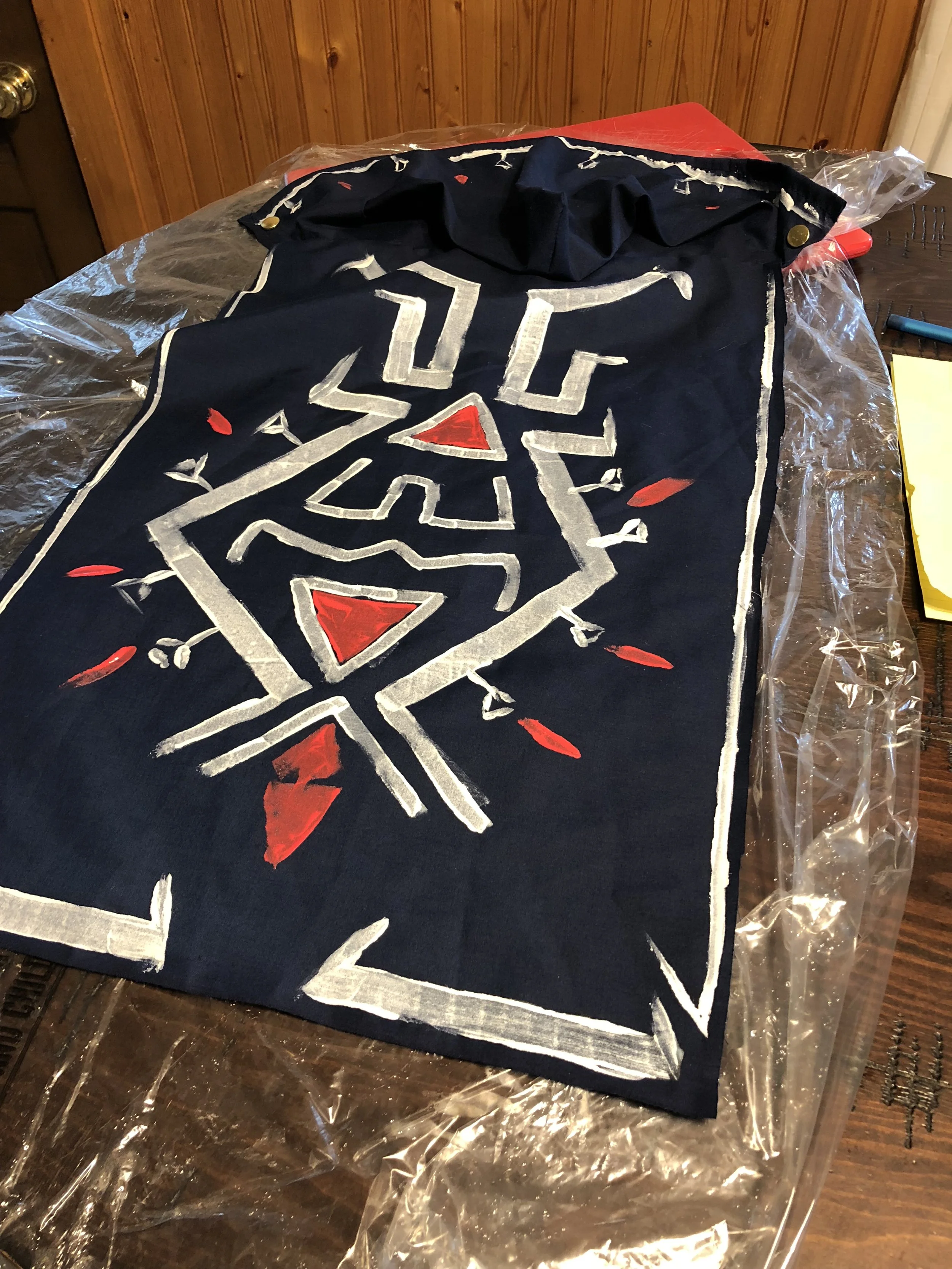

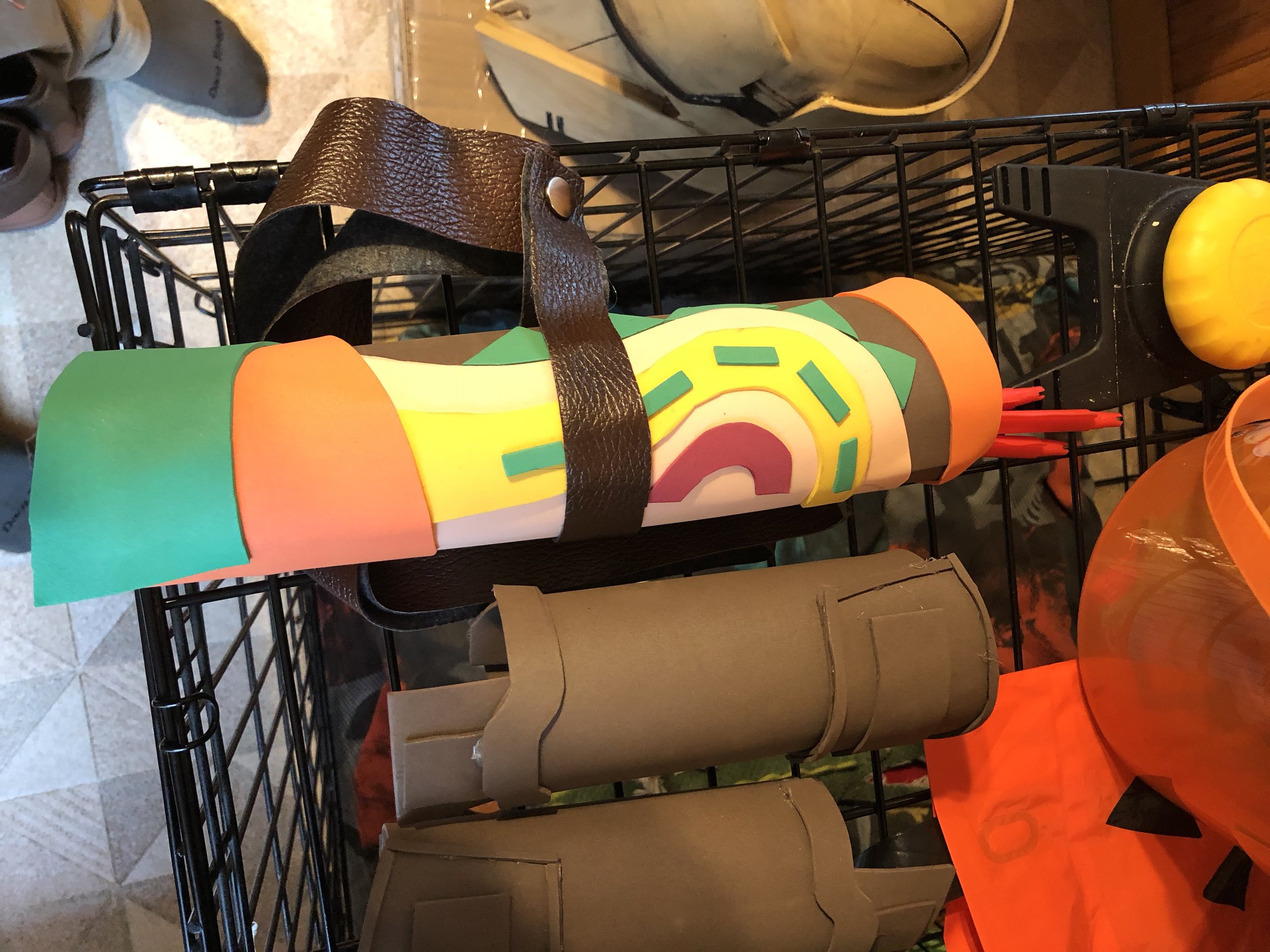
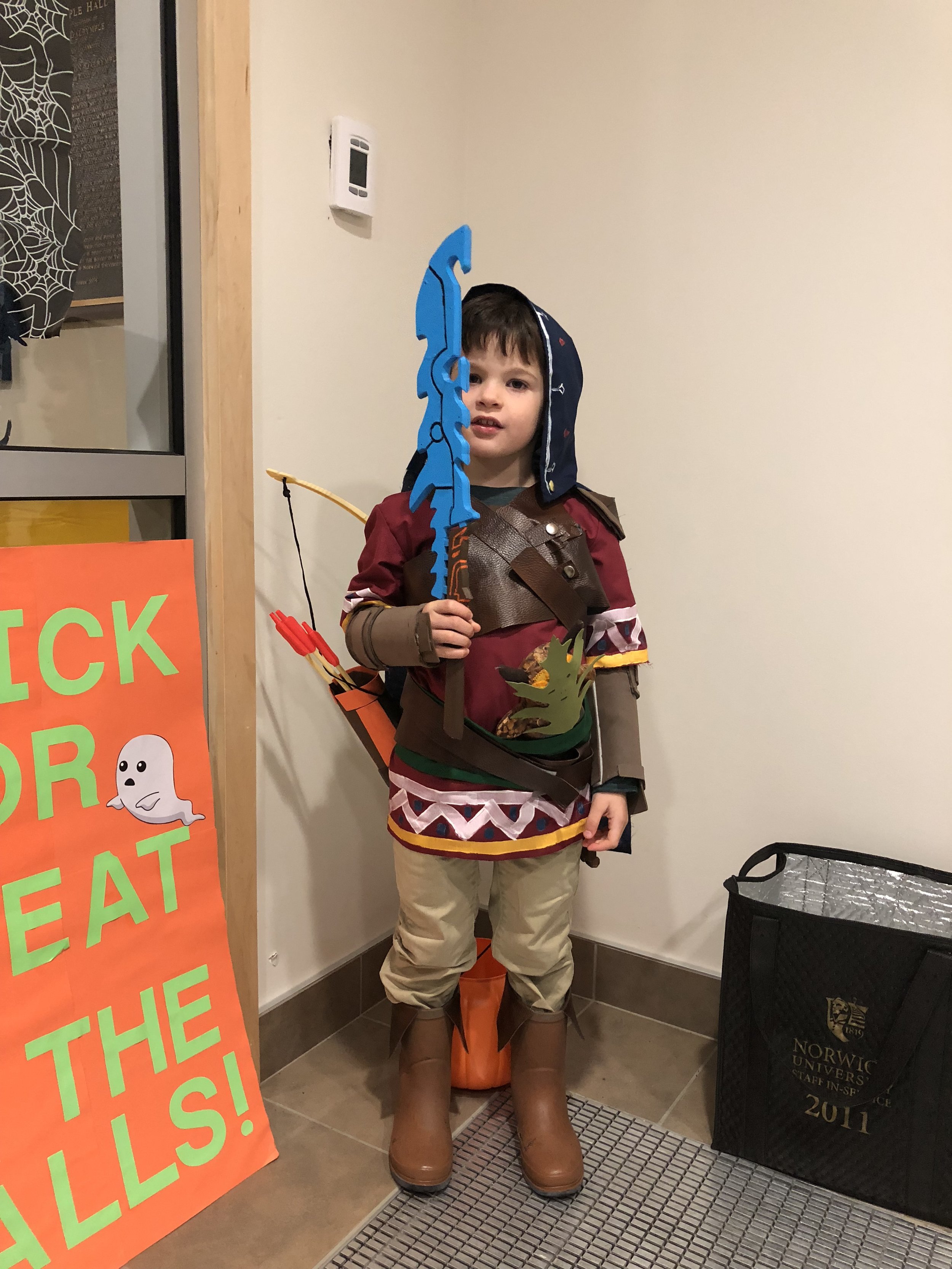
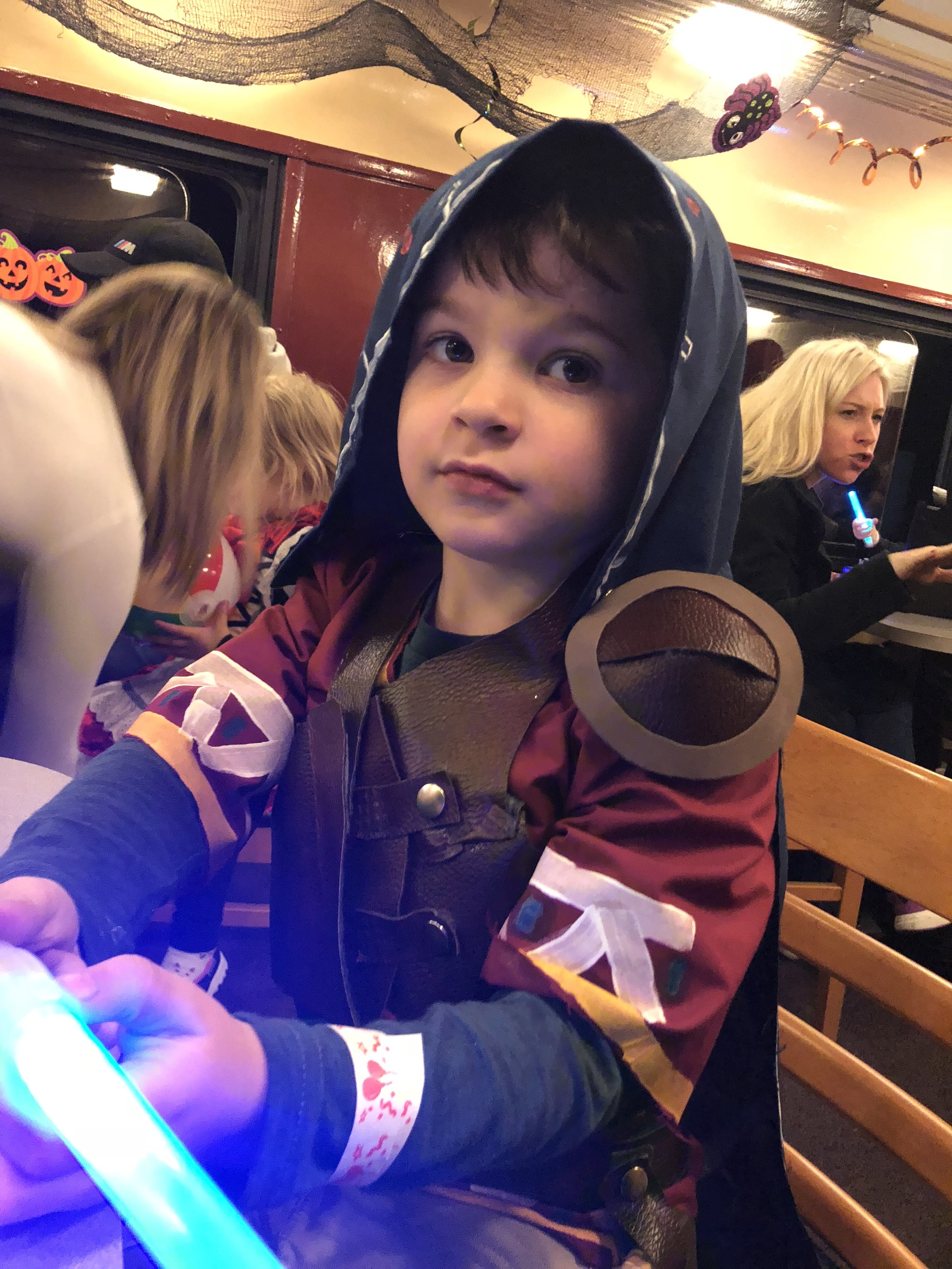
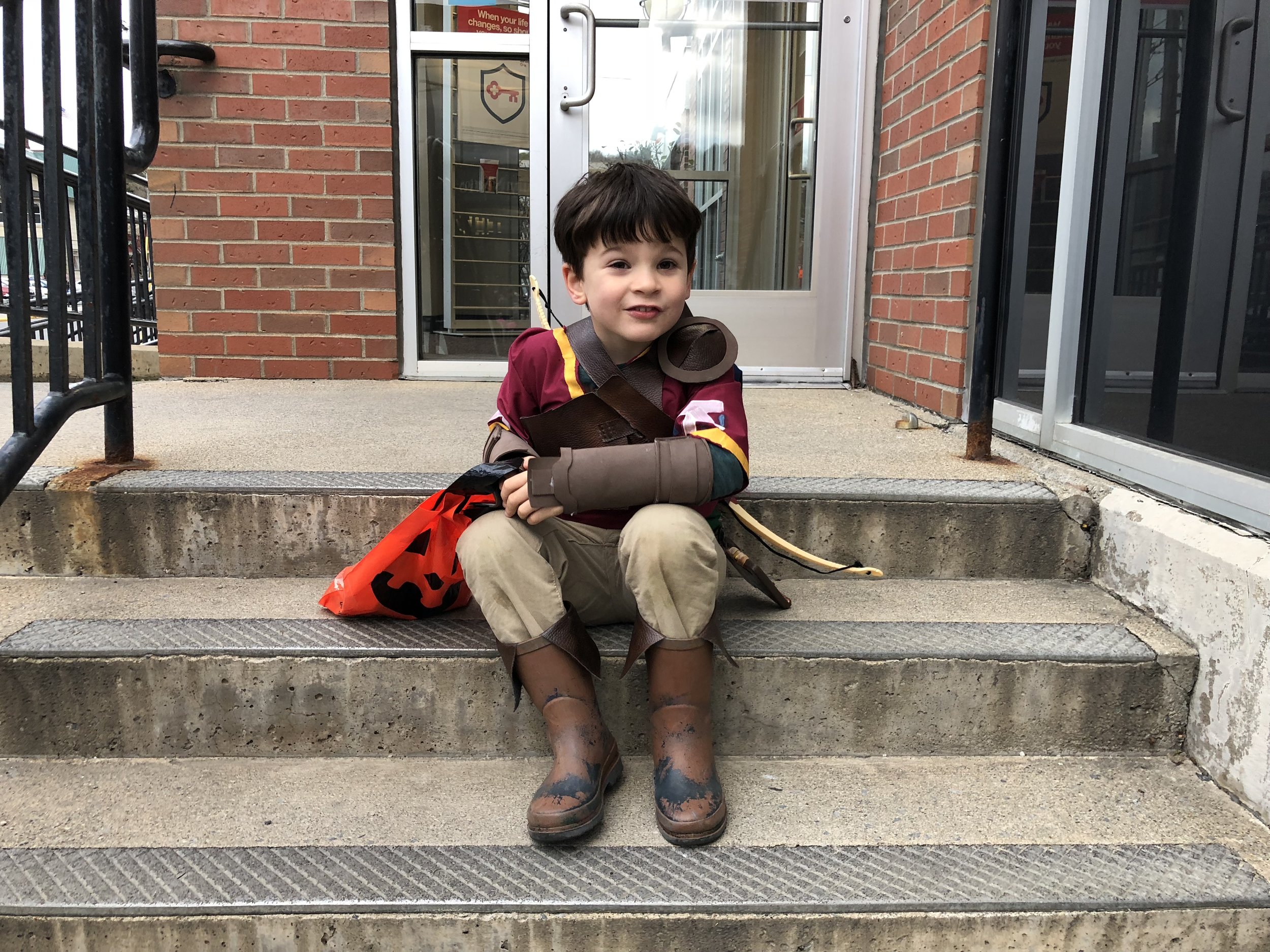
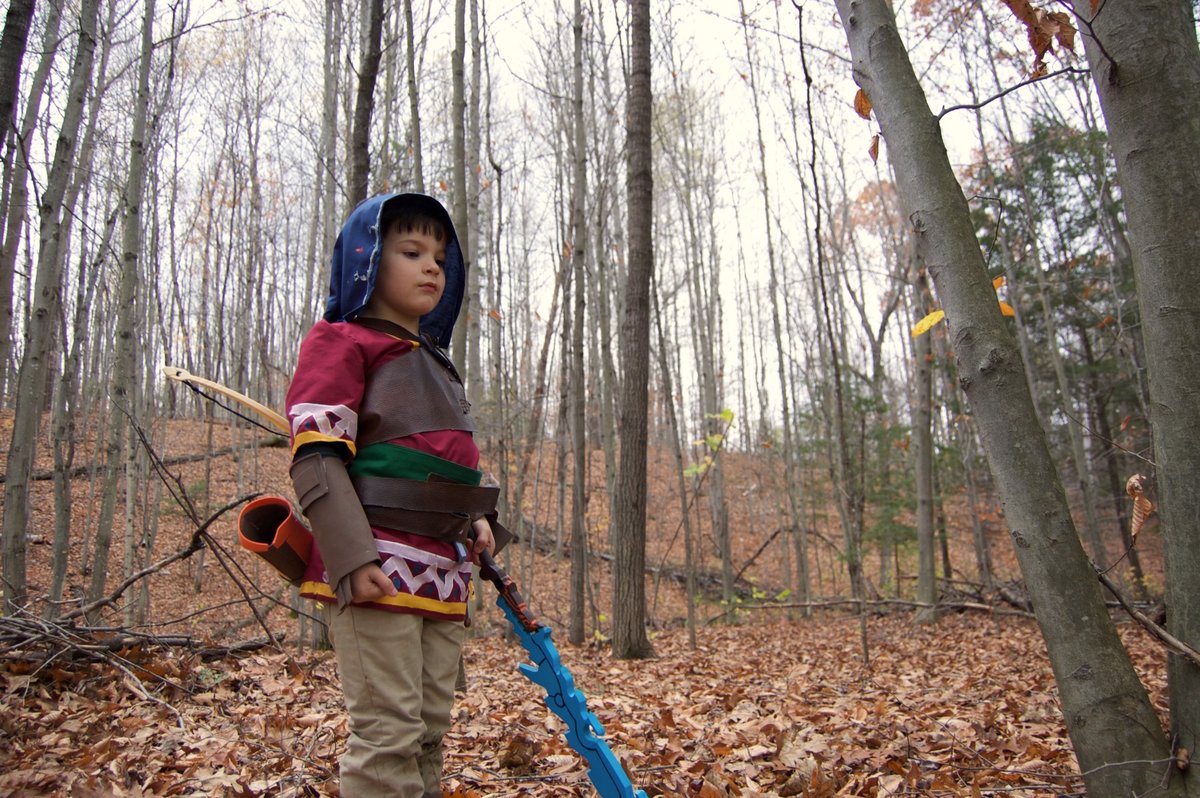

 In 2009, I got a phone call for what turned out to be an internship at a new website about science fiction and science fact called io9. At the other end of the line was Annalee Newitz, the site's editor, and we chatted about academics, science fiction, and what I wanted to write about. That was the start to a really wild ride, and ultimately has brought me to the place where I am today: writing about science fiction and science fact.
In 2009, I got a phone call for what turned out to be an internship at a new website about science fiction and science fact called io9. At the other end of the line was Annalee Newitz, the site's editor, and we chatted about academics, science fiction, and what I wanted to write about. That was the start to a really wild ride, and ultimately has brought me to the place where I am today: writing about science fiction and science fact. If you've been following along with my column for Kirkus Reviews (and these blog posts), you might have seen me reference one book a lot: Brian Aldiss's Billion Year Spree (or its updated version, Trillion Year Spree.) These two histories are incredibly important in the world of genre history, and I've paged through my copies many, many times. Thus, it was really unfortunate to see Aldiss pass away last month. He's a huge figure within the community, not only as a commentator, but as an author.
If you've been following along with my column for Kirkus Reviews (and these blog posts), you might have seen me reference one book a lot: Brian Aldiss's Billion Year Spree (or its updated version, Trillion Year Spree.) These two histories are incredibly important in the world of genre history, and I've paged through my copies many, many times. Thus, it was really unfortunate to see Aldiss pass away last month. He's a huge figure within the community, not only as a commentator, but as an author. It's been a while. I've sadly neglected my Kirkus column: work has been busy, which means that on my off-days, I'm trying to stay away from the computer and focus on other writing / reading. I'm trying to get back into it, though, and to celebrate yesterday's eclipse, I put together a story about Isaac Asimov's famous story, Nightfall.
It's been a while. I've sadly neglected my Kirkus column: work has been busy, which means that on my off-days, I'm trying to stay away from the computer and focus on other writing / reading. I'm trying to get back into it, though, and to celebrate yesterday's eclipse, I put together a story about Isaac Asimov's famous story, Nightfall. I finally finished slogging through Netflix's Iron Fist. I really enjoyed watching Daredevil, Jessica Jones, and Luke Cage, and I was interested to see how this one would turn out. It's... definitely at the bottom of the list when it comes to MCU entries.
I finally finished slogging through Netflix's Iron Fist. I really enjoyed watching Daredevil, Jessica Jones, and Luke Cage, and I was interested to see how this one would turn out. It's... definitely at the bottom of the list when it comes to MCU entries.